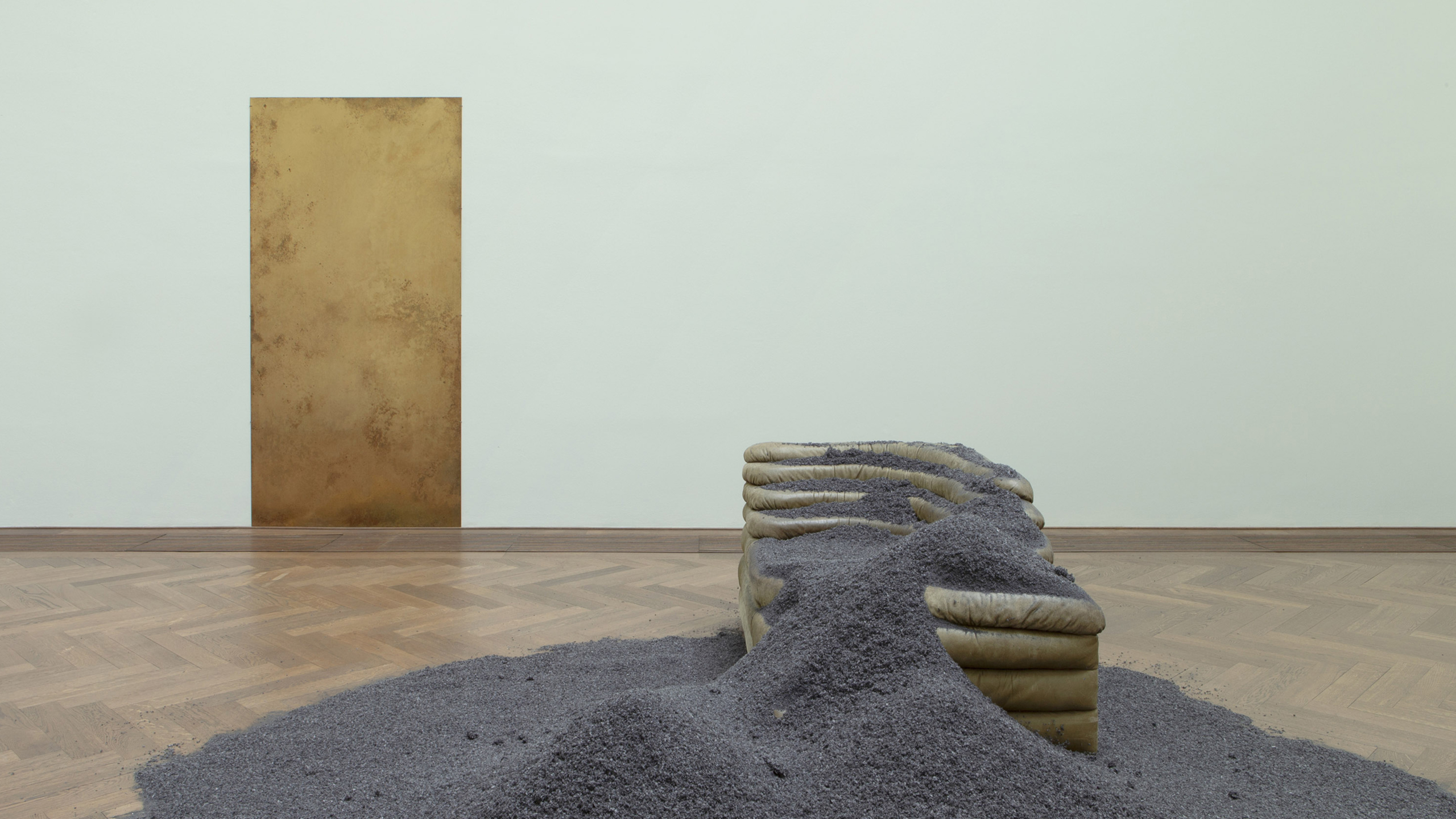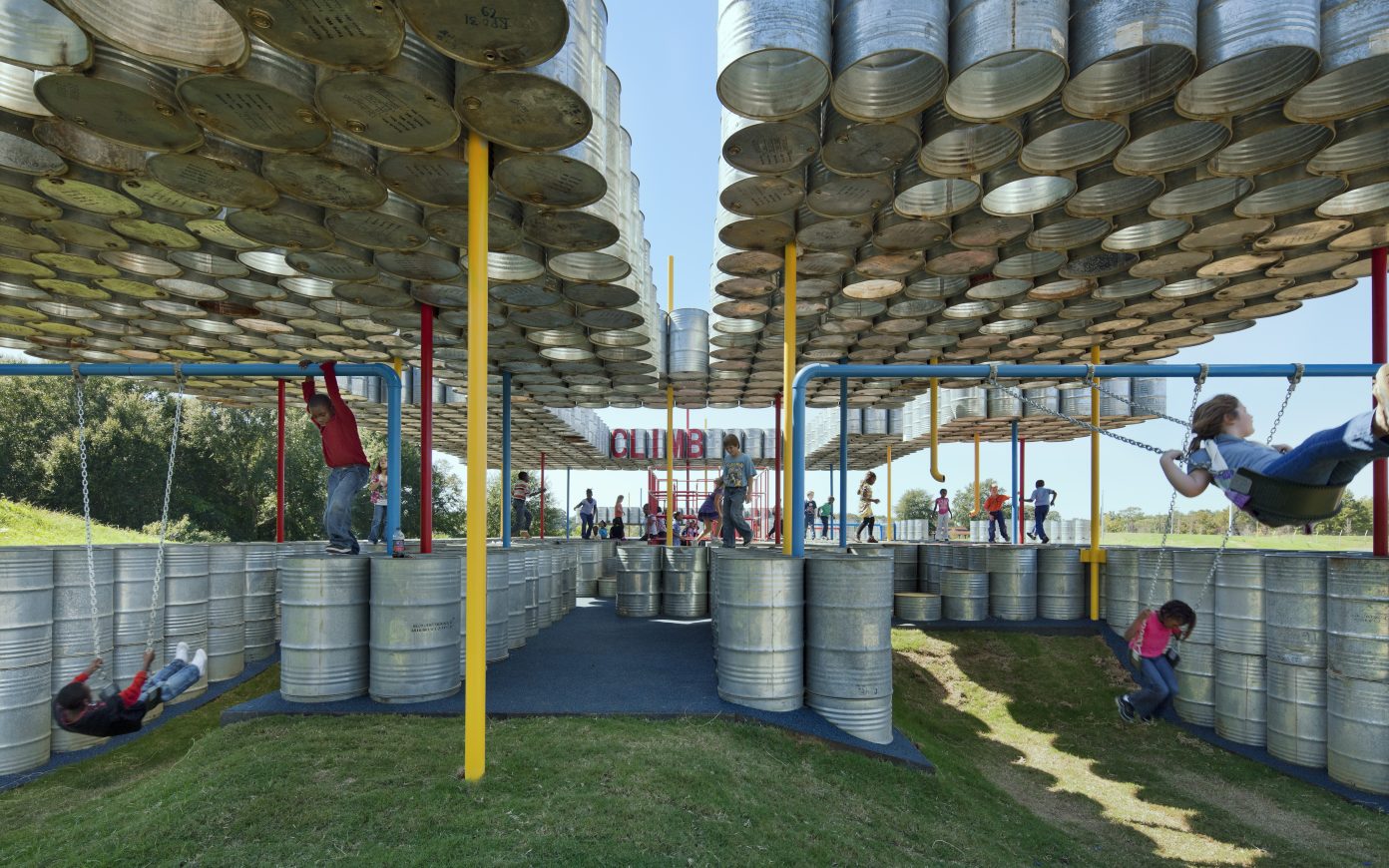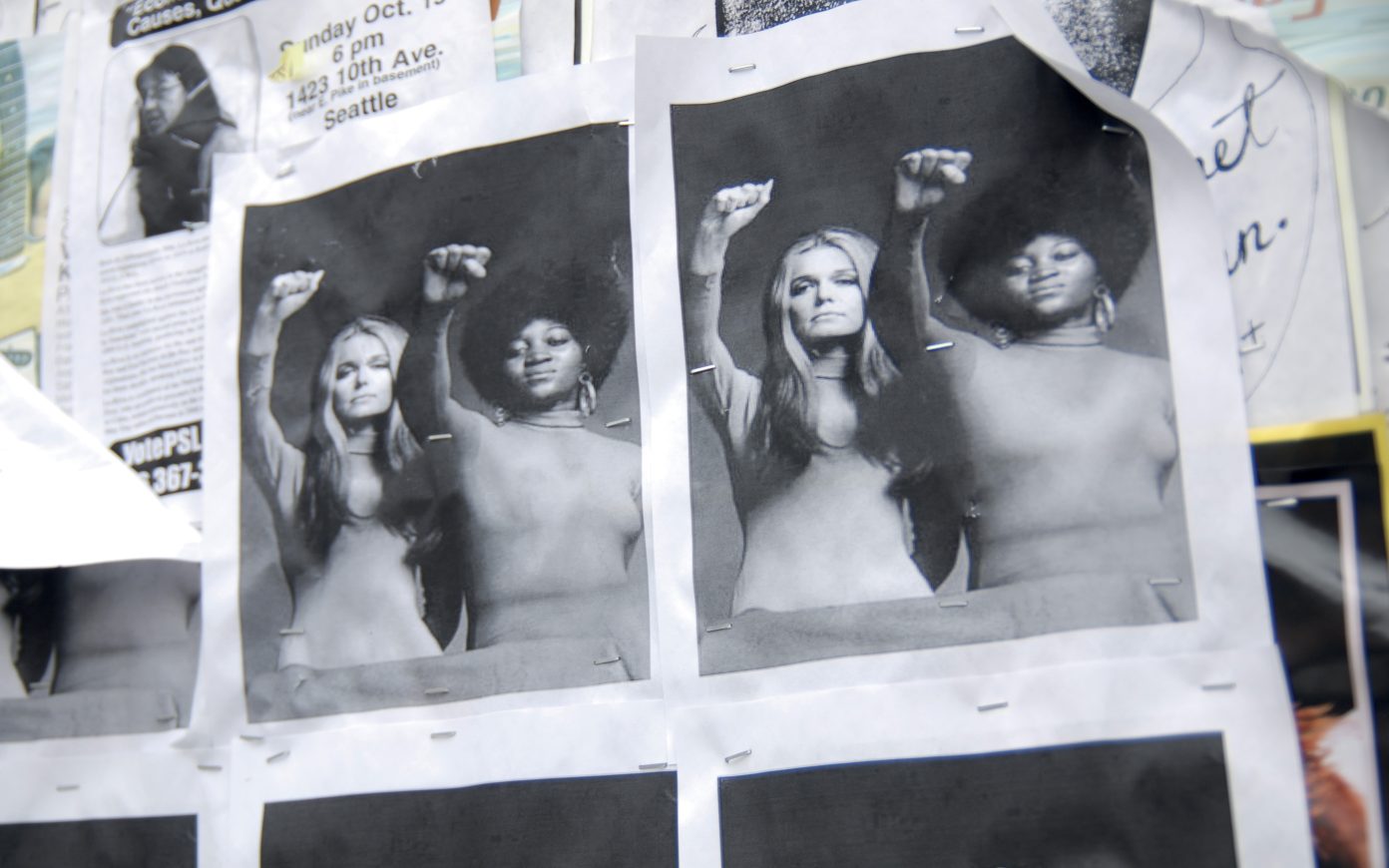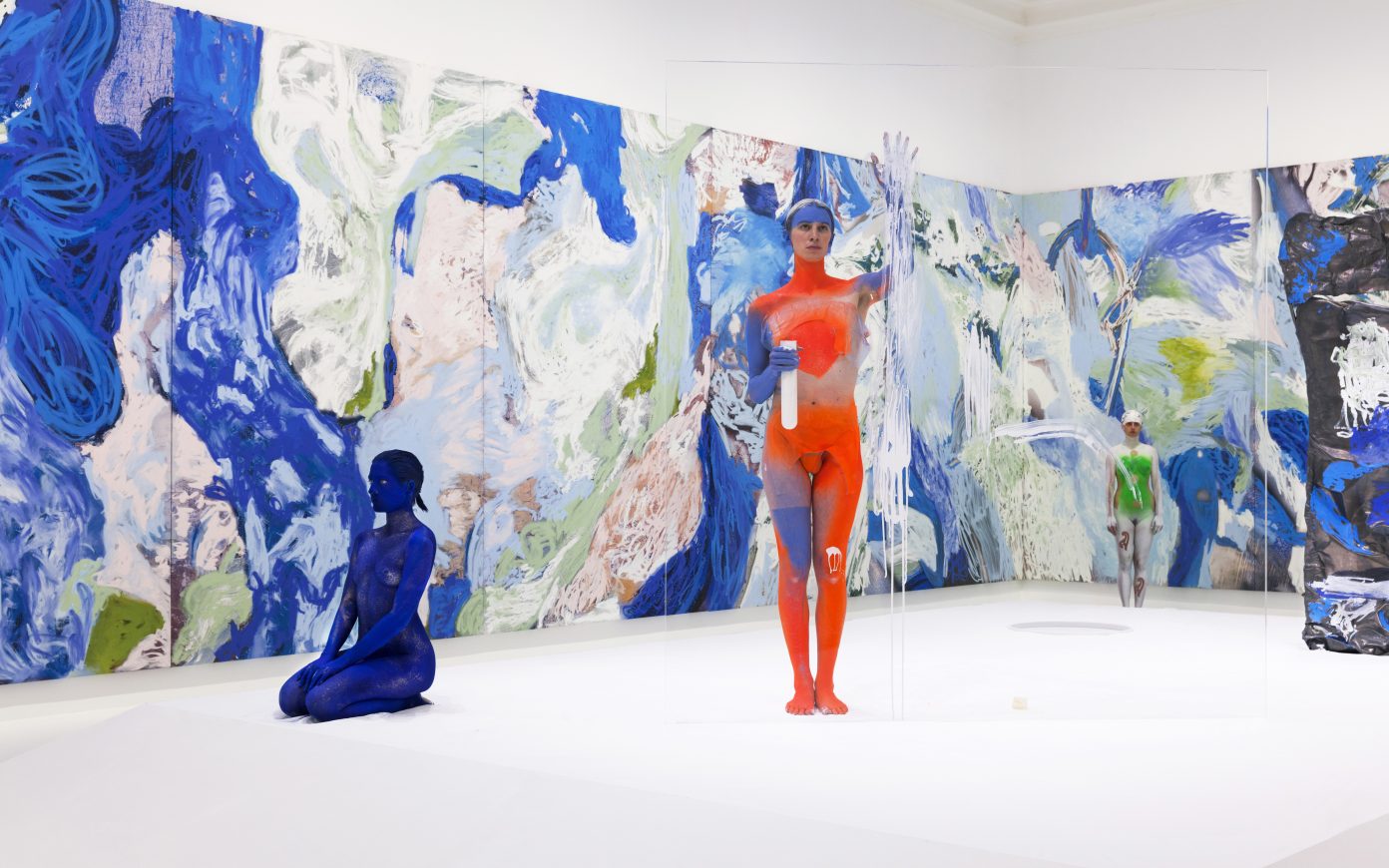Framing as a Figure of Inclusion
[N]o, there are [no individuals] … There is only one great individual—that’s the totality.
So is art, according to you, our new nature?
No, because this typically Western nature-culture divide is now meaningless.
So what happens in your forest?
What is certain is that artists know how to navigate in it. Can I remind you of this sentence from Le Clézio in his novel Haï ?: “There isn’t a single thing in the universe that isn’t natural. Cities and their landscapes are natural, as are the deserts, forests, grasslands, and seas. By creating cities, by inventing concrete, asphalt, and glass, humans have invented a new jungle that they aren’t dwelling in yet.”J.M.G Le Clézio, Haï (Paris: Champs Flammarion, 1971), 36. Well, artists do try to live in that world. And that implies questioning another pillar of Western ideology: productivism. Go to an art exhibition and what you’ll see there is that artists are raising questions on this topic. They are already asking themselves why art would necessarily imply “expressing” oneself, i.e., expelling something out of oneself. Or “producing” anything, i.e., having that something move ahead of oneself. The subjectivity of genius… Instead of that, contemporary artists organize webs of relationships between protagonists, things, and beings, thus forming “a field of subjectivation.” An old idea that can be found in Deleuze and Foucault. But like landscapes, individuals are assembled from a variety of natural and cultural elements, of things that grow and others that die, of patches, and almost geological foundations. Deleuze, again, said that when we meet someone, we unfold the landscape that person carries with them—a history, a geography, a climate. If human beings represent so many landscapes, we cannot continue asking artists to produce in the same way as factories but let them cultivate their forms, manufacture their milieu, prepare their ecosystem. Artists would formerly expel and produce. Nowadays, they guide things to their formal destination, connect them together. Art was then seen as being superimposed on nature; now, artists view their work as a framing exercise on their milieu—which includes objects, beings, and everything in between. Artists are first and foremost concerned with framing. Writing about Villeglé’s ripped posters (and this is no less true for Gerhard Richter’s paintings), Alain Borer wrote that “framing is the only place for the subject, or, if you wish, for the ‘author.’” The creative subject is the one that frames differently, that, finds fresh perspectives.
You’re going to tell me that I’m obsessed with painting, but your idea seems to me to have more do with Duchamp’s ready-mades.
No, because the framing takes place upstream. The medium has no part in this. Painters are framers like any others. They develop a point of view.
So are you talking about the framing of the image? Just as in certain of Degas’ paintings, the framing seems to be imitating the one imposed by cameras?
It’s not that either. But let us keep photography in mind. For inclusive thinking, framing is above all about signifying, or signaling, a point of view. We can see only from one point, as Lacan said, though we are looked at from all sides. We can only see from one point: let us take that as the underpinning of my idea of framing. The artist’s subjectivity doesn’t manifest itself through something that would come out of them, but through the exploration and deepening of a point of view, of a unique position in the world. To frame is to bring something that we perceive into a visual format; it is to compose (or rather, to recompose) from a singular vantage point, which belongs only to the artist in question—first of all, because any physiology is unique.
Rather than projecting what they have in their mind onto the world, artists welcome the world, accomodate the world within them. But how is this different from passivity, which men readily associate with feminity?
Inclusive thinking begins by overcoming that opposition. For instance, the yin and yang of Daoist ontology aren’t opposed, but dynamically intertwined. But we must first overcome these two concepts of the active and the passive, which we always tend to view as bearing the mark of obviousness. That will be all the more difficult in the realm of art given that the avant-garde artists of the twentieth century have lent to the concept of activity an emancipatory political subtext: the modernist ideal was to dissolve the division between (active) producer and (passive) consumer, which conforms with the political ideal of a society with an active citizenship. Art reflects this ideal in “observer participation,” or Joseph Beuys’ famous “everyone is an artist.” Ergo, any figures of “non-doing” are given bad press in the West. I specify the West as this isn’t the case in China, where non-doing (wu wei) is cast in a positive light, and where the pictorial process is inseparable from an impregnation. One must allow oneself to be penetrated by the world, and the quality of the reception makes the artist as much as the manner in which they compose their forms: as you can see, a new eroticism of thought is at play here, at the same time as the primacy of masculinity over femininity, of form over matter, of subject over object, recede. Artists develop a specific capacity to receive the world, before even learning to respond through an offshoot of the self—a thing that comes from the brain, that is produced. The fundamental question is: what do you really see in that which is visible to your eyes? Depending on the answer, whether you are a doctor, an artist, or a banker can be determined.
This may be a bit far off from your subject matter, but couldn’t we describe your inclusive thinking through another—prehistoric—analogy, between what you call “framing” and the practice of harvesting wild plants? This form of foraging lies between being active and receiving, while hunting is another matter altogether…
Indeed, and that is why photography has nothing to do with my notion of framing. It is not a matter of “shooting,” a term that evokes predation and capture. Being an artist is first about determining the following: what do we allow to come within the frame? In French, “harvesting” (cueillir) and “welcoming” (accueillir) are cognates and both derive from the Latin verb colligere, to gather, as does the word “collection.” We harvest, and welcome, in order to gather. Every artwork assembles this harvest, this welcoming of the world, based on an original decision or a principle. However, the relationship to the world that occurs in Western art is more driven toward predation. As one of André Malraux’s Japanese friends told him in front of Nashi Falls, “European painting has always aspired to catch the butterflies, eat the flowers, and bang the dancers.” It seems to me that other artistic traditions, and I’m thinking about Chinese painting here, are based on the artist’s position in the world, not on their movement of capture: Western art projects, it is a javelin thrown against the world, and the first projectile is that of ego. A new intellectual synthesis is now appearing, one that doesn’t confuse intelligence with analytical skills anymore, but equates it to how relevant the framing is: it is how the artist’s gaze is positioned that matters. To be an artist is to define and to deepen one’s position, to build a point of view.
I will refer to what I know best, cinema. Serge Daney has sung the praise of the shot and reverse shot, which he believed was the foundation of a true aesthetic democracy, given that it includes the other. It is a dialogic visual figure.
Yes, that is a real position. And inclusion begins by affirming a point of view in a shot. But the shot and reverse shot is an (all-too) human face-to-face interaction. I would define art as a system for drawing from a milieu, evidence of an active presence within an ecosystem. Inclusion is here contrasted with production.




